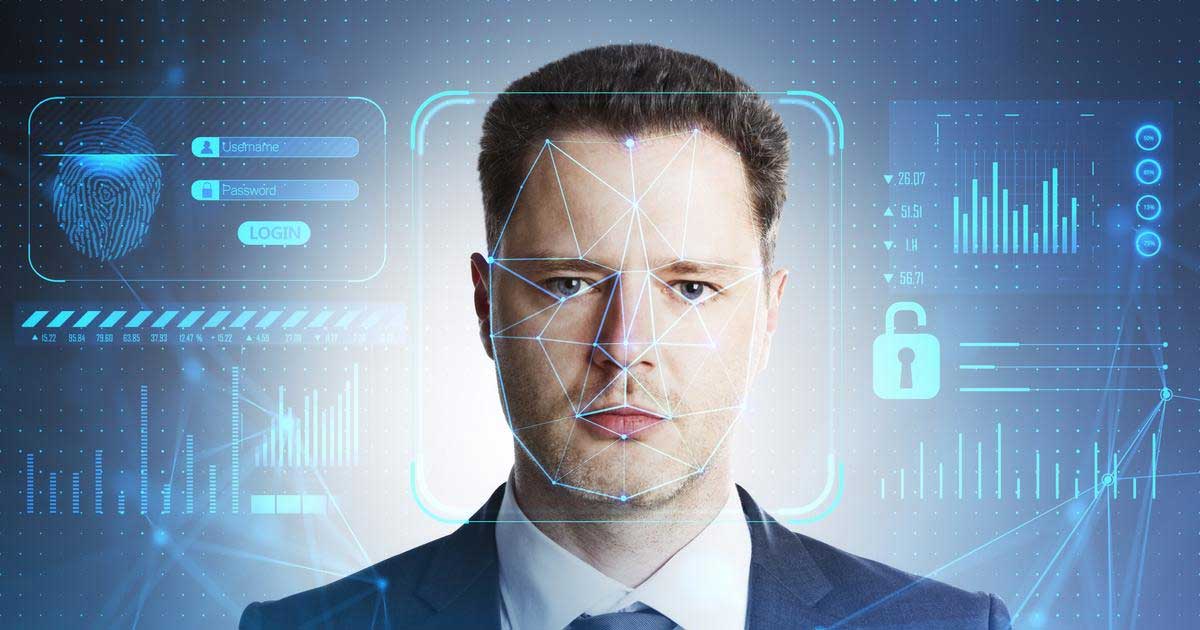Even though ‘deepfakes’ are difficult to uncover, some signs can help us detect images, videos, and audio generated by artificial intelligence. The Internet and social networks are full of deepfakes, those fake, manipulated videos, pictures, or voice files but with a natural appearance generated by an artificial intelligence (AI) technique from pre-existing videos and images and through learning software. Automatic algorithms.
How to detect them?
It isn’t easy, but the experts give us the keys to help us identify them. We see them below, but not before knowing the most prominent deepfake categories. In addition, we will discuss what is being done in Europe and Spain to be able to control artificial intelligence.
Three types of deepfakes
Change of face: ‘Face-swap.’
Face swap that replaces the original face with another, whether of an actual or fictitious character, which can be done in a still image, video, or live broadcast, as allowed by mobile applications such as Snapchat or Face Swap Live.
Artificial intelligence-generated content company Metaphysic has come up with some of the best examples of this technology, such as the viral TikTok account @DeepTomCruise or their appearance on the television show America’s Got Talent, in which they used this technology to transform, live, the face of a contestant on the presenter’s body. Thanks to this technology, they also brought singer Elvis Presley back to life in a live performance.
A new voice: ‘Lip-sync.’
Starting from a pre-existing video, the audio content is replaced to simulate that it gives a different message. The new face will fit in such a way that it is lip-synced.
An example is the visual experiment by BuzzFeed Video, in which President Barack Obama appeared in a video issuing a warning message about deep fakes. The lip-sync technique and the actor delivering that message were revealed in the last seconds.
Fusion of two people: ‘Puppet-master.’
It is one of the most challenging deepfakes with excellent results, which consists of using an actor’s body as a base to create a new video on which the image of another person is superimposed and merged. If, in addition, audio effects that recover the voice of the original character are added to this, the deepfake will be even more challenging to detect.
An example is Lola Flores’ advertisement for a beer brand, in which a singer with a similar appearance to Lola Flores was first recorded as the base body. Later, the deepfake required more than 5,000 archive images of the artist, and hundreds of hours of post-production, with adjustments to ensure the model’s credibility, special effects, and her daughter’s voice.
Clues to detect a fake video
Although deepfakes are challenging to uncover, according to the LISA Institute, some signs can help us:
Failures
Many have errors that reveal that the video has been manipulated: blurred edges, artificially smooth skin, jerky movements, or differences in lighting are some of them.
Blink
In a deepfake, a person blinks fewer times than in an actual video. This is because the algorithm cannot blink without showing signs of falsehood, at least as fast as a human being.
Neck and face
Since this is more complicated, these videos usually modify only the faces, not the entire body. If what is seen of the body does not match the beginning, we may have one more clue that it is a fake video.
Sound
The image often does not fit correctly with the voice, so there is no synchronization between the movement of the lips and the sound.
Details
It is essential to know all the information about the recording; it can help to play the video at a reduced speed. If it is a deepfake, we can see sudden changes in the image or the background of the video.
Mouth
Artificial intelligence algorithms cannot accurately copy the tongue, teeth, and inside of the mouth when speaking. A small error in this part indicates that we are facing a manipulated video.
Origin
Finding out who shared the file in the first instance and on which social networks, as well as verifying the context in which it was published and the original details of the file, can help us detect it.
Duration
Most deepfakes have a concise duration of a few seconds. A video that is too short and with improbable content can also give us a clue.
Who controls artificial intelligence?
More than 1,000 entrepreneurs and researchers related to artificial intelligence – such as the founder of Tesla, Elon Musk, or the co-founder of Apple, Steve Wozniak – published an open letter at the end of March requesting a moratorium of at least six months. In the development of this technology. The reason: the latest advances are already capable of competing with humans, so they could be used to destroy jobs and spread disinformation. They demand a safe development that proves that its effects will be positive.
In Europe, the first steps are being taken to regulate the uncertain future of this type of technology, with the development of the Artificial Intelligence Regulation ( The AI Act ), which is still being debated in the European Union. When it comes into force, it will be the first law that aims to ensure that artificial intelligence systems and applications operating in Europe are secure and respect the fundamental rights and values of the Union while at the same time providing a uniform legal and legal framework, to be implemented and transferred by the Member States to their respective regulations.






